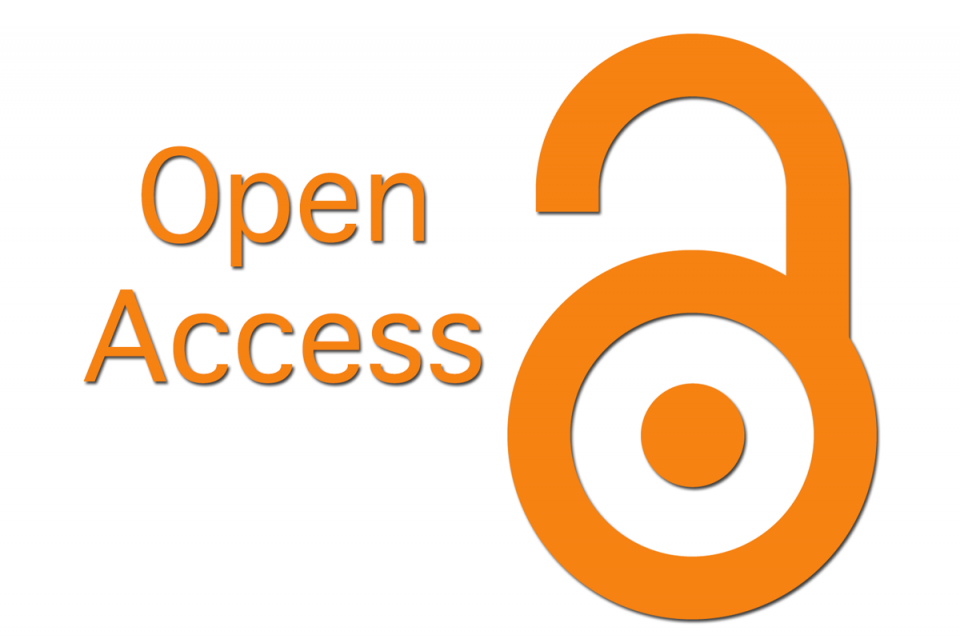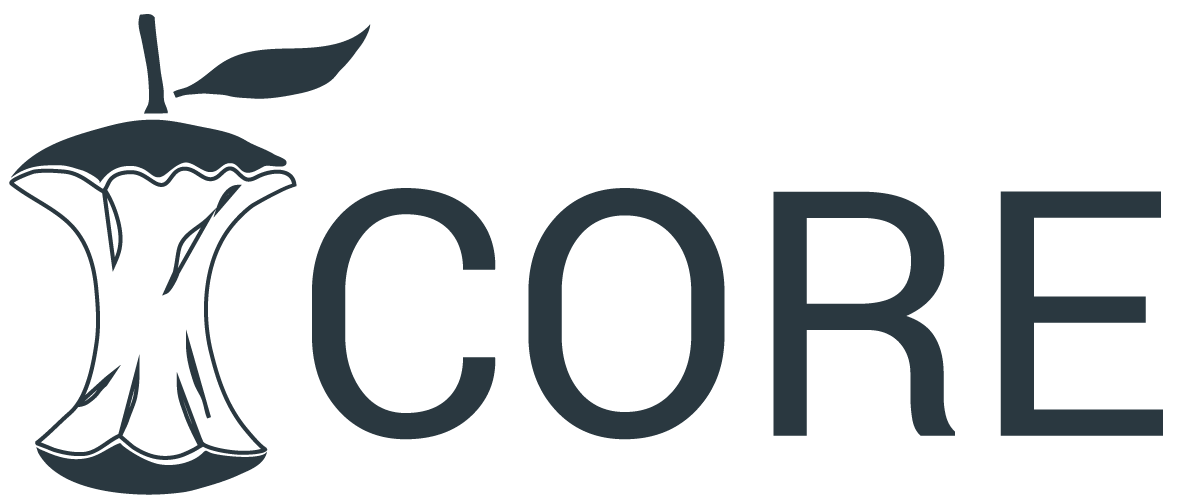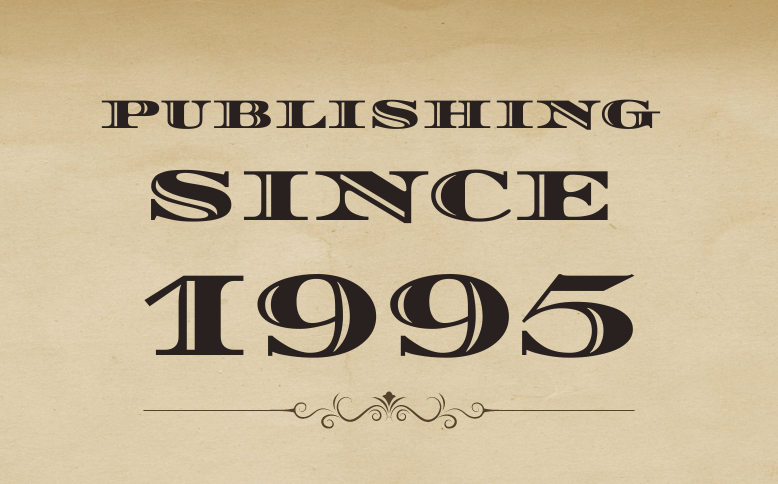Malaysian Teachers Thinking in History of Islam in Madina: A Qualitative Research
Keywords:
Historical thinking skills, integrating, history teacher, historical, exploration of evidence, interpretation, imagination and rationalizationAbstract
This article is to explores the teaching and learning history teachers in Malaysia. The article being a qualitative case study uses two data collecting approach namely observation and in-depth interview to collect data. Specifically, this article will explore integration of the Historical Thinking Skills (HTS) performed among history teachers in Malaysia who were selected using purposive sampling. First objective of this article are to identify the categories of Historical Thinking Skills (HTS) integrated by pre-service teachers. The other objectives of this article are to find out the categories of Historical Thinking Skills (HTS) often integrated by history teachers in Malaysia. A qualitative analysis showed that all four teachers focused on these two skills: discovering historical evidences and making interpretations. Out of the four participants, only one teacher focused on four skills during the observed lesson: discovering historical evidence, making interpretations, imagination and rationalizing facts in the lesson. This study provides an overall picture of the integration of the HTS by four selected teachers who emphasized on certain skills in their lessons. The implication of this study indicated that different teaching techniques were used by history teacher to facilitate the integration of various HTS in the teaching learning processes. Conclusion, the article provides a picture of the implementation of HTS in Malaysia and suggestions for integration thinking skills like historical thinking skills are offered.
Downloads
References
Abdul Razaq Ahmad, & Ahmad Rafaai Ayudin. (2011). History Curriculum Development Model Towards Nation Building of Malaysia. Historia: Jurnal Pendidik Dan Peneliti Sejarah, 12(1), 41. https://doi.org/10.17509/historia.v12i1.12116
Ahsan, T., & Sharma, U. (2018). Pre-service teachers’ attitudes towards inclusion of students with high support needs in regular classrooms in. British Journal of Special Education. https://doi.org/10.1111/1467- 8578.12211
Aktin, K. (2016). A semiotic analysis on the utilization of historical thinking skills in pre-school period. Educational Research and Reviews, 11(15), 1355–1366. https://doi.org/10.5897/err2016.2815
Ary, D., Irvine, C. K. S., & Walker, D. A. (2018). Introduction to research in education (10th ed.). United State: Cengage.
Barnes, A. E., Simmons, S., Mekonnen, D., & Ramos-mattoussi, F. (2018). Improving teacher training in Ethiopia :Shifting the content and approach of pre-service teacher education. Teaching and Teacher Education, 70, 1–11.
Bickford, J. H., & Clabough, J. (2020). Civic action, historical agency, and grassroots advocacy: Historical inquiry into freedom summer. The Social Studies, 111(1), 39–49. https://doi.org/10.1080/00377996.2019.1653252
Brown, C. P. (2015). Taking and teaching the test are not the same: A case study of first-year teachers experiences in high-stakes contexts. Teachers and Teaching: Theory and Practice, 21(8), 1026–1044. https://doi.org/10.1080/13540602.2015.1005870
Camacho, D. J., & Legare, J. M. (2015). Opportunities to Create Active Learning Techniques in the Classroom. Journal of Instructional Research, 4, 38–45.
Cohen, L., Manion, L., & Morrison, K. (2007). Research methods in education (6th ed.). London: Routledge. Retrieved from https://id.elsevier.com/as/kiwGy/resume/as/authorization.ping%0Ahttp://files/906/authorization.html
Creswell, J. W. (2014). Research Design: Qualitative, quantitative, and mixed methods approaches (4th ed.). Thousand Oaks: Sage Publication.
Dahalan, S. C., & Ahmad, A. R. (2018). Aims of history education in developed countries : A systematic literature review. International Journal of Academic Research in Business and Social Science, 8(12), 2439– 2449. https://doi.org/10.6007/IJARBSS/v8-i12/5625
Dahalan, S. C., Ahmad, A. R., & Awang, M. M. (2020). The effectiveness of the 21st century teaching history module (21-Cthm) towards high order thinking skills. International Journal of Innovation, Creativity and Change, 12(11), 106–120.
Dahalan, S. C., & Hashim, N. H. (2016). The implementation of historical thinking skills among teacher trainees in teaching learning process. International Conference on Language, Education and Innovation, 211–218.
Gagnon, D. J., & Mattingly, M. J. (2015). Rates of beginning teachers: Examining one indicator of school quality in an equity context. Journal of Educational Research, 108(3), 226–235. https://doi.org/10.1080/00220671.2013.878300
Garrett, H. J. (2013). Before, after, in and beyond teacher education. Teachers and Teaching: Theory and Practice, 19(6), 647–659. https://doi.org/10.1080/13540602.2013.827454
Heiniger, L. E., Clark, G. I., & Egan, S. J. (2018). Perceptions of Socratic and non-Socratic presentation of information in cognitive behaviour therapy. Journal of Behavior Therapy and Experimental Psychiatry, 58, 106–113. https://doi.org/10.1016/j.jbtep.2017.09.004
Hennissen, P., Crasborn, F., Brouwer, N., Korthagen, F., & Bergen, T. (2011). Clarifying pre-service teacher perceptions of mentor teachers’ developing use of mentoring skills. Teaching and Teacher Education, 27(6), 1049–1058. https://doi.org/10.1016/j.tate.2011.03.009
Hodkinson, A., & Smith, C. (2018). Chronology and the new National curriculum for history :Is it time to refocus the debate? Education 3-13, 46(6), 700–711. https://doi.org/10.1080/03004279.2018.1483804
Jerome, L. (2017). What do citizens need to know? An analysis of knowledge in citizenship curricula in the UK and Ireland. Compare: A Journal of Comparative and International Education. https://doi.org/10.1080/03057925.2017.1295808
Julien, M., Stratton, M., & Clayton, R. (2017). History is not boring :Using social media to bring labor history alive. Management Teaching Review, 3(3), 208–220. https://doi.org/10.1177/2379298117717257
Kangas, M., Koskinen, A., & Krokfors, L. (2016). A qualitative literature review of educational games in the classroom: the teacher’s pedagogical activities. Teachers and Teaching: Theory and Practice, 23(4), 451–470. https://doi.org/10.1080/13540602.2016.1206523
Kello, K. (2016). Sensitive and controversial issues in the classroom: Teaching history in a divided society. Teachers and Teaching: Theory and Practice, 22(1), 35–53. https://doi.org/10.1080/13540602.2015.1023027
Kementerian Pendidikan Malaysia. (2015a). Kurikulum standard sekolah menengah: Dokumen Standard kurikulum dan pentaksiran sejarah. Putrajaya: Kementerian Pendidikan Malaysia.
Kementerian Pendidikan Malaysia. (2015b). Kurikulum standard sekolah menengah: Sejarah. Putrajaya: Kementerian Pendidikan Malaysia. https://doi.org/10.15713/ins.mmj.3
Krauskopf, K., Zahn, C., Hesse, F. W., & Pea, R. D. (2014). Understanding video tools for teaching: Mental models of technology affordances as inhibitors and facilitators of lesson planning in history and language arts. Studies in Educational Evaluation, 43, 230–243. https://doi.org/10.1016/j.stueduc.2014.05.002
Lau, J. Y. F. (2017). Reflections on the umbrella movement : Implications for civic education and critical thinking. Educational Philosphy and Theory, 1857(April). https://doi.org/10.1080/00131857.2017.1310014
Leur, T. De, Boxtel, C. Van, & Wilschut, A. (2017). ‘I Saw Angry People and Broken Statues’: Historical Empathy in Secondary History Education. British Journal of Educational Studies, 65(3), 331–352. https://doi.org/10.1080/00071005.2017.1291902
Llopart, M., Serra, J. M., & Esteban-Guitart, M. (2018). Teachers’ perceptions of the benefits, limitations, and areas for improvement of the funds of knowledge approach. A qualitative study. Teachers and Teaching: Theory and Practice, 24(5), 571–583. https://doi.org/10.1080/13540602.2018.1452729
Loewen, J. W. (2009). Teaching what really happened: How to avoid the tyranny of textbooks and get students excited about doing history. New York: Teachers College Press.
Louis, K. S., & Murphy, J. (2017). Trust, caring and organizational learning: the leader’s role. Journal of Educational Administration, 55(1), 103–126. https://doi.org/10.1108/JEA-07-2016-0077
Maher, D. (2020). Pre-Service Teachers’ Digital Competencies to Support School Students’ Digital Literacies. In J. Keengwe & G. Onchwari (Eds.), Handbook of Research on Literacy and Digital Technology Integration in Teacher Education (pp. 29–46). USA: IGI Global. https://doi.org/10.4018/978-1- 7998-1461-0.ch002
Marshall, C., & Rossman, G. B. (2016). Designing qualitative research. Designing Qualitative Research (6th ed.). Sage Publication. https://doi.org/10.1057/omj.2011.23
Matanluk, O., Mohammad, B., Kiflee, D. N. A., & Imbug, M. (2013). The effectiveness of using teaching module based on Radical Constructivism toward students learning process. Procedia - Social and Behavioral Sciences, 90(InCULT 2012), 607–615. https://doi.org/10.1016/j.sbspro.2013.07.132
Maycock, K. W. (2018). Chalk and talk versus flipped learning : A case study. Journal of Comouter Assisted Learning, 35(1), 1–6. https://doi.org/10.1111/jcal.12317
Nicol, A. A. M., Owens, S. M., Le Coze, S. S. C. L., MacIntyre, A., & Eastwood, C. (2018). Comparison of high-technology active learning and low-technology active learning classrooms. Active Learning in Higher Education. https://doi.org/10.1177/1469787417731176
Ray, M. (2017). Teaching economics using ‘cases’ – Going beyond the ‘chalk-and-talk.’ International Review of Economics Education, 27, 1–9.
Robert J. Harrington, Micheal C. Ottenbacher, B. M. (2019). Malaysian gastronomic tourism: its importance, satisfiers, dis-satisfiers and delighters. In S. K. Dixit (Ed.), The Routledge Handbook of Gastronomic Tourism (1st ed., p. 5). New York: Routledge.
Sang, G., Valcke, M., Braak, J. van, & Tondeur, J. (2010). Student teachers’ thinking processes and ICT integration: Predictors of prospective teaching behaviors with educational technology. Computers and Education, 54(1), 103–112. https://doi.org/10.1016/j.compedu.2009.07.010
Seashore Louis, K., & Lee, M. (2016). Teachers’ capacity for organizational learning: the effects of school culture and context. School Effectiveness and School Improvement, 27(4), 534–556. https://doi.org/10.1080/09243453.2016.1189437
Sliskovic, A., Buric, I., & Macuka, I. (2016). The voice of Croatian elementary school teachers: qualitative analysis of the teachers’ perspective on their profession. Teachers and Teaching: Theory and Practice, 23(5), 518–531. https://doi.org/10.1080/13540602.2016.1206521
Smith, M. D. (2017). New Multiple-Choice Measures of Historical Thinking: An Investigation of Cognitive Validity. Theory and Research in Social Education, 1–34. https://doi.org/10.1080/00933104.2017.1351412
Swart, R. (2017). Purposeful Use of Technology to Support Critical Thinking. JOJ Nurse Health Care JOJNHC.MS.ID (Vol. 4555626).
Toledo-Pereyra, L. H. (2012). Research design. Journal of Investigative Surgery, 25(5), 279–280. https://doi.org/10.3109/08941939.2012.723954
Tsortanidou, X., Daradoumis, T., & Barberá, E. (2019). Connecting moments of creativity, computational thinking, collaboration and new media literacy skills. Information and Learning Science, 120(11–12), 704– 722. https://doi.org/10.1108/ILS-05-2019-0042
Downloads
Published
How to Cite
Issue
Section
License
You are free to:
- Share — copy and redistribute the material in any medium or format for any purpose, even commercially.
- Adapt — remix, transform, and build upon the material for any purpose, even commercially.
- The licensor cannot revoke these freedoms as long as you follow the license terms.
Under the following terms:
- Attribution — You must give appropriate credit , provide a link to the license, and indicate if changes were made . You may do so in any reasonable manner, but not in any way that suggests the licensor endorses you or your use.
- No additional restrictions — You may not apply legal terms or technological measures that legally restrict others from doing anything the license permits.
Notices:
You do not have to comply with the license for elements of the material in the public domain or where your use is permitted by an applicable exception or limitation .
No warranties are given. The license may not give you all of the permissions necessary for your intended use. For example, other rights such as publicity, privacy, or moral rights may limit how you use the material.









